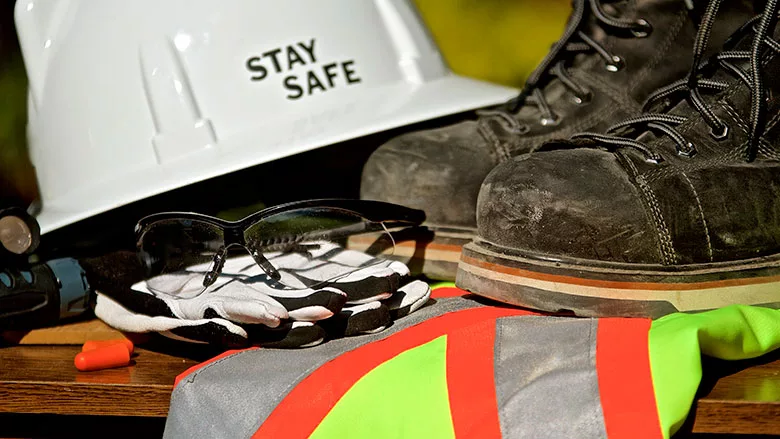In Drilling and Construction, Safety Belongs to Everyone
Leadership and Training Foster a Safety Culture, Buy-In

Personal protective equipment is just one aspect of a strong safety culture for drilling and construction companies.
Source: Getty Images
Safety is everyone’s responsibility at work, at home and at play. At CETCO Drilling Products, we are committed to safety, and it is one of our core business values. Whether our field team visits a jobsite, attends a tradeshow or visits a customer location, we are expected to put safety above all else — no exceptions. We feel it is our duty to inform the job superintendent if we observe unsafe conditions or activity. If your company has one employee or 20,000, safety is everyone’s responsibility and returning home to our loved ones is the goal.
My area of the country has recently seen lots of construction activity. If you have driven in Illinois or the Midwest, you know this firsthand. At a red traffic light recently, I noticed a contractor working on a nearby project. One of the laborers worked in a ditch, not wearing a hard hat, with an excavator operating in the vicinity. On a closer look, I noticed no one on the site had a hard hat on. The potential for a serious injury was high. My conclusion? The employees lacked the proper safety training or the site manager did not enforce the safety rules. Sadly, this type of sight isn’t uncommon.
From a business leader perspective, a strong safety culture helps keep your employees safe. Empower your team to focus on safety and do the following:
- Be fully trained by the site safety coordinator on safety requirements and protocols prior to working on a jobsite or plant.
- Always utilize and maintain all required personal protective equipment (PPE). That includes hard hats; construction-grade work boots; safety glasses; high-visibility vests, shirts, or jackets (rated for the job type); proper work gloves; and hearing protection.
- Limit use of personal electronic devices like mobile phones. Do not get distracted! Stay focused on the task at hand.
- Use proper lifting techniques.
- Practice trench safety. Find the OSHA “Trenching and Excavation Safety” guide at https://www.osha.gov/sites/default/files/publications/osha2226.pdf.
- Dig safely. Have all utilities located and marked.
- Use signage to mark overhead lines to mitigate shock hazards for operators.
- Ensure all employees know the differences between heat stress, heat exhaustion and heat stroke. Site supervisors should ensure the team takes regular breaks and stays hydrated.
- Wear protective clothing to mitigate cold weather stress. Proper outerwear helps you stay dry.
- Ensure employees know and adhere to company alcohol and drug policies.
- Witness an unsafe act, condition or situation that has potential for injury? Report it.
- Assign responsibility to a team member for creating and implementing a daily site safety checklist.
- Make sure everyone feels empowered to use stop work authority.
Are you and your team safety-minded? Do you have a safety policy? Are all employees committed to it? Do you empower your employees to exercise stop work authority? Safety needs to be a priority from the top of the organization to the bottom. The bullets here offer a great place to start, but you can find many resources online and off that can help you put together a safety program for your team.
Looking for a reprint of this article?
From high-res PDFs to custom plaques, order your copy today!





